HOA-Compliant Solar Lighting for Homeowners
Introduction to HOA-Compliant Solar Lighting
Homeowners in the 80% of U.S. communities governed by Homeowners Associations (HOAs) face strict rules to maintain neighborhood aesthetics and compliance. Choosing solar yard lights that align with these regulations can enhance your home’s curb appeal while avoiding costly fines. This guide is tailored for homeowners, particularly those in HOA-governed communities, to navigate common restrictions like height limits, light pollution, and style guidelines. By selecting HOA-compliant solar lights, you can illuminate your outdoor space sustainably while staying in good standing with your community. We’ll cover key considerations, provide a self-checklist for compliance, and share a case study of a successful lighting transformation, ensuring your solar landscape lighting meets both aesthetic and regulatory needs.
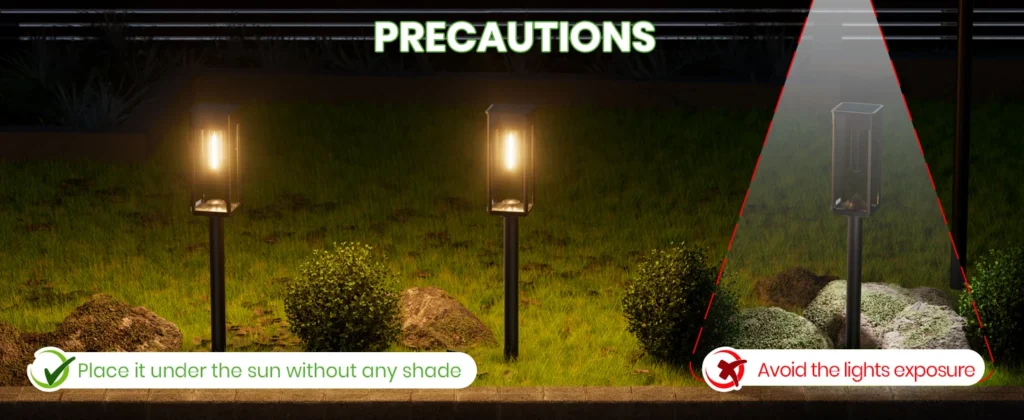
Understanding HOA Lighting Restrictions
Why HOA Rules Matter
HOAs enforce rules to preserve property values and community harmony. Non-compliance, such as installing overly bright or mismatched solar yard lights, can lead to fines, mandatory removals, or disputes. Common restrictions include height limits, light pollution controls, and style uniformity, which vary by community but often align with broader standards like the International Dark-Sky Association’s guidelines.
Common HOA Lighting Restrictions
- Height Limits: Many HOAs cap outdoor lighting fixtures at 30 inches to maintain a low-profile aesthetic and avoid obstructing views.
- Light Pollution Controls: Bright or unshielded lights can violate “Dark Sky” policies, which aim to reduce glare and protect nighttime environments.
- Style Consistency: HOAs often mandate lighting that matches community aesthetics, such as American Craftsman, Modern Minimalist, or Traditional styles.
- Material and Color: Durable, neutral-toned materials like black or bronze stainless steel are often preferred to blend with existing architecture.
By choosing weather-resistant solar lights designed for these constraints, homeowners can avoid violations while enhancing their property’s appeal.
Choosing HOA-Compliant Solar Yard Lights
Height-Compliant Solar Lights
To meet height restrictions, opt for solar garden lights under 30 inches, such as low-profile pathway lights or bollard-style fixtures. These HOA-compliant solar lights provide ample illumination without exceeding typical HOA height limits. For example, a 24-inch solar bollard light offers a sleek, unobtrusive design that lights pathways effectively while staying within regulations.
Recommended Features
- Low-profile design: Fixtures like the BITPOTT Solar Pathway Light stand at 26 inches, ensuring compliance with most HOA height rules.
- Adjustable brightness: Select lights with dimmable settings to balance illumination and compliance.
- Sturdy base: Weighted bases prevent tipping, maintaining a tidy appearance.
Light Pollution Control with Downward Lighting
Light pollution is a top concern for HOAs, especially in communities adhering to Dark Sky principles. Solar landscape lighting with downward-facing LEDs and shielding hoods minimizes glare, protecting neighbors and wildlife. These energy-efficient solar lamps focus light where it’s needed—on pathways, driveways, or gardens—without spilling into the sky or adjacent properties.
Recommended Features
- Shielded LEDs: Lights like the NightGuard Solar Lantern feature hooded designs that direct light downward, reducing glare.
- Warm white LEDs: Choose 2700K–3000K bulbs for a soft, inviting glow that complies with HOA brightness limits.
- Motion sensors: These conserve energy and reduce light output when not needed, aligning with eco-conscious HOA rules.
Style-Consistent Solar Lighting
HOAs often require solar yard lights to match the community’s architectural style, such as American Craftsman, Modern Minimalist, or Mediterranean. Selecting solar garden lights with versatile designs ensures your lighting blends seamlessly with your neighborhood’s aesthetic.
Recommended Features
- Neutral finishes: Black, bronze, or brushed nickel finishes complement most styles, from rustic to contemporary.
- Customizable designs: Some HOA-compliant solar lights, like the StyleFlex Solar Post Light, offer interchangeable tops to match Modern or Traditional aesthetics.
- Durable materials: Opt for weather-resistant solar lights made of stainless steel or UV-resistant polycarbonate to maintain appearance over time.
Energy Efficiency and Durability
Energy-efficient solar lamps not only reduce environmental impact but also align with HOA sustainability goals. Look for lights with monocrystalline solar panels for better energy capture and lithium-ion batteries for reliable performance. Weather-resistant solar lights with IP65 or higher ratings ensure durability against rain, snow, or heat, reducing maintenance and replacement costs.
HOA Rules Self-Check Checklist
To ensure your solar yard lights comply with HOA regulations, use this checklist before purchasing or installing:
- Height Compliance: Verify that fixtures are ≤30 inches or meet your HOA’s specific height limit.
- Light Pollution: Confirm lights have downward-facing LEDs or shielding to prevent glare.
- Style Match: Check that the design aligns with your community’s architectural guidelines (e.g., Modern, Craftsman).
- Material Approval: Ensure materials and colors (e.g., black, bronze) are HOA-approved.
- Brightness Levels: Select lights with adjustable or low-lumen outputs (100–200 lumens) to avoid excessive brightness.
- Installation Plan: Submit plans to your HOA if required, including fixture placement and specifications.
- Durability: Choose weather-resistant solar lights with IP65+ ratings for long-term performance.
Review your HOA’s covenants, conditions, and restrictions (CC&Rs) document, and consult with your board if unsure. Proactively addressing these points prevents costly fines or rework.
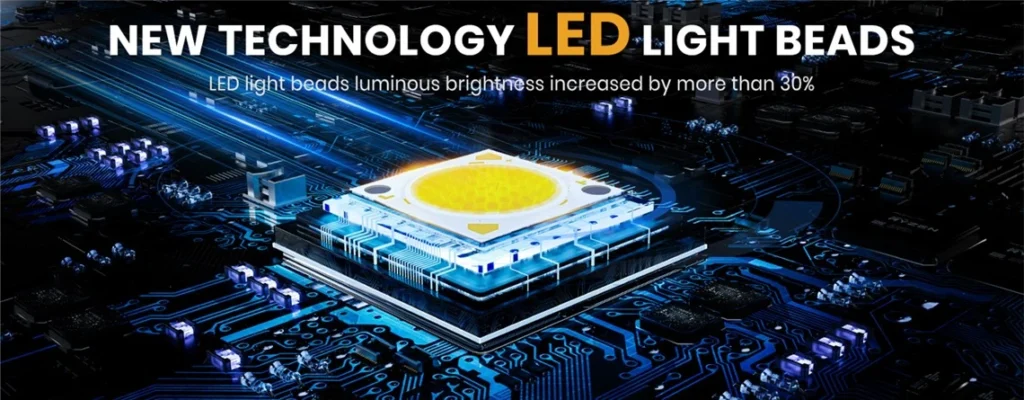
Case Study: From HOA Complaint to Community Praise
The Problem
Jane, a homeowner in a Modern Minimalist HOA community in California, installed solar yard lights to enhance her driveway’s safety. However, her 36-inch unshielded floodlights triggered complaints for exceeding height limits and causing glare. The HOA issued a $200 fine and demanded removal within 30 days.
The Solution
Jane consulted her HOA’s CC&Rs and replaced the lights with HOA-compliant solar lights. She chose 28-inch BITPOTT Solar Pathway Lights with downward-facing, 150-lumen LEDs and a sleek black finish to match the community’s aesthetic. The lights featured IP65 waterproofing and monocrystalline panels, ensuring durability and efficiency.
The Outcome
After reinstallation, Jane submitted photos to her HOA for approval. The new solar landscape lighting met all regulations, and the HOA praised her for enhancing the neighborhood’s curb appeal. Neighbors even requested recommendations, turning her yard into a model for sustainable, compliant lighting.
Key Takeaways
- Research HOA rules before purchasing solar garden lights.
- Choose low-profile, shielded energy-efficient solar lamps to avoid violations.
- Engage with your HOA to ensure approval and avoid disputes.
Additional Tips for Homeowners
Installation Best Practices
- Strategic Placement: Install solar yard lights in areas with full sunlight exposure to maximize charging. Avoid shaded spots under trees or eaves.
- Secure Mounting: Use ground stakes or weighted bases to ensure stability, especially for bollard-style HOA-compliant solar lights.
- Test Before Finalizing: Temporarily place lights to confirm compliance with height and brightness rules before permanent installation.
Maintenance for Longevity
- Clean Panels: Wipe solar panels monthly with a soft cloth to remove dust or debris, ensuring optimal energy capture.
- Check Batteries: Replace lithium-ion batteries every 2–3 years to maintain performance in weather-resistant solar lights.
- Inspect Fixtures: Regularly check for wear, especially in harsh climates, to keep lights looking pristine and HOA-compliant.
Engaging with Your HOA
Proactively communicate with your HOA board when planning solar landscape lighting installations. Submit detailed plans, including product specs and placement diagrams, to streamline approval. If your community lacks clear lighting guidelines, propose energy-efficient solar lamps as a sustainable option, potentially influencing future rules.
Conclusion
Navigating HOA regulations doesn’t have to hinder your outdoor lighting goals. By choosing HOA-compliant solar lights that meet height, light pollution, and style requirements, you can enhance your home’s curb appeal while avoiding fines. Use our self-checklist to ensure compliance, and draw inspiration from real-world transformations like Jane’s. With weather-resistant solar lights and energy-efficient solar lamps, you can illuminate your yard sustainably, keeping both your HOA and neighbors happy. Explore our range of solar garden lights designed for HOA communities to find the perfect fit for your home.

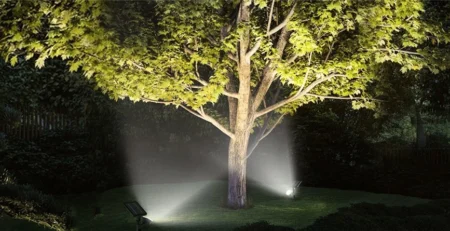
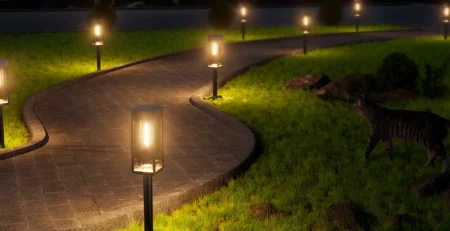
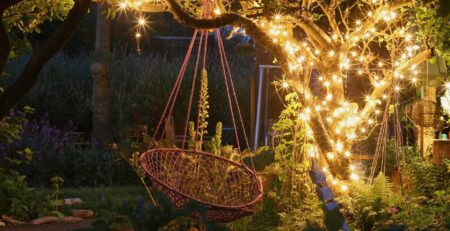
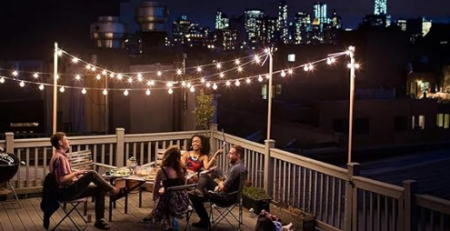
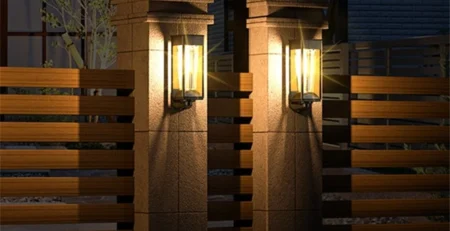

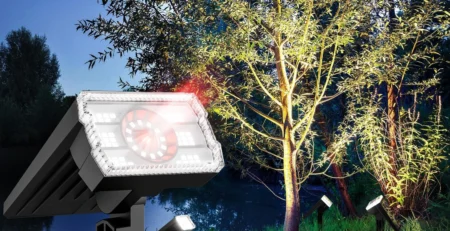
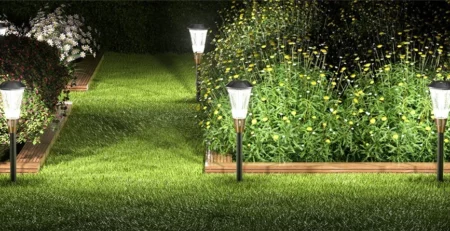
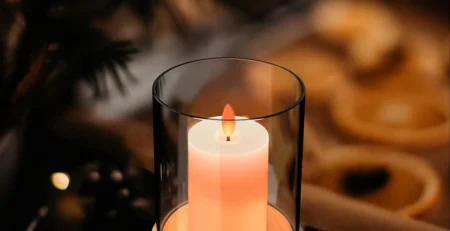

Leave a Reply